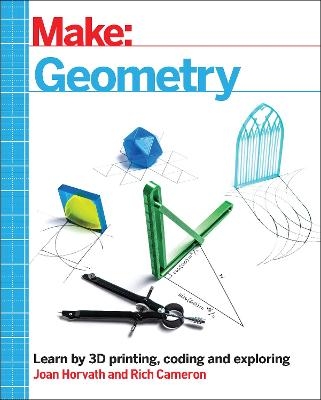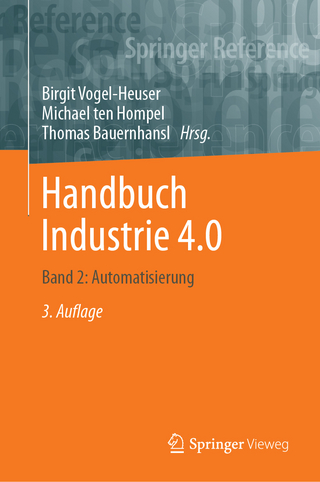
Make - Geometry
Seiten
2021
Make Community, LLC (Verlag)
978-1-68045-671-4 (ISBN)
Make Community, LLC (Verlag)
978-1-68045-671-4 (ISBN)
Geometry, of all the branches of mathematics, is the one that is most easily visualized by making something. This book aims to take geometry back to its practical roots with 3D printed models and puzzles as well as demonstrations with household objects like flashlights and paper towel tubes.
Geometry, of all the branches of mathematics, is the one that is most easily visualized by making something. However, it is all too easy to reduce it to reams of formulas to memorize and proofs to replicate. This book aims to take geometry back to its practical roots with 3D printed models and puzzles as well as demonstrations with household objects like flashlights and paper towel tubes.
This is not a traditional geometry textbook, but rather builds up understanding of geometry concepts while also bringing in elements of concepts normally learned much later. Some of the models are counterintuitive, and figuring out how and why they work will both entertain and give insights. Two final chapters suggesting open-ended projects in astronomy and physics, and art and architecture, allow for deeper understanding and integration of the learning in the rest of the book.
Geometry, of all the branches of mathematics, is the one that is most easily visualized by making something. However, it is all too easy to reduce it to reams of formulas to memorize and proofs to replicate. This book aims to take geometry back to its practical roots with 3D printed models and puzzles as well as demonstrations with household objects like flashlights and paper towel tubes.
This is not a traditional geometry textbook, but rather builds up understanding of geometry concepts while also bringing in elements of concepts normally learned much later. Some of the models are counterintuitive, and figuring out how and why they work will both entertain and give insights. Two final chapters suggesting open-ended projects in astronomy and physics, and art and architecture, allow for deeper understanding and integration of the learning in the rest of the book.
Joan Horvath is an MIT alumna, a recovering rocket scientist, and educator. She is a cofounder of Nonscriptum LLC. Rich Cameron is an open-source 3D printer hacker who designed the RepRapWallace and Bukito printers. He is a cofounder of Nonscriptum LLC.
| Erscheinungsdatum | 26.08.2021 |
|---|---|
| Verlagsort | Sebastopol |
| Sprache | englisch |
| Maße | 189 x 246 mm |
| Gewicht | 532 g |
| Themenwelt | Mathematik / Informatik ► Informatik ► Grafik / Design |
| Informatik ► Weitere Themen ► CAD-Programme | |
| Mathematik / Informatik ► Mathematik ► Angewandte Mathematik | |
| Mathematik / Informatik ► Mathematik ► Geometrie / Topologie | |
| ISBN-10 | 1-68045-671-7 / 1680456717 |
| ISBN-13 | 978-1-68045-671-4 / 9781680456714 |
| Zustand | Neuware |
| Informationen gemäß Produktsicherheitsverordnung (GPSR) | |
| Haben Sie eine Frage zum Produkt? |
Mehr entdecken
aus dem Bereich
aus dem Bereich
Buch | Softcover (2023)
Beuth (Verlag)
99,00 €
Band 2: Automatisierung
Buch | Hardcover (2024)
Springer Vieweg (Verlag)
99,99 €


